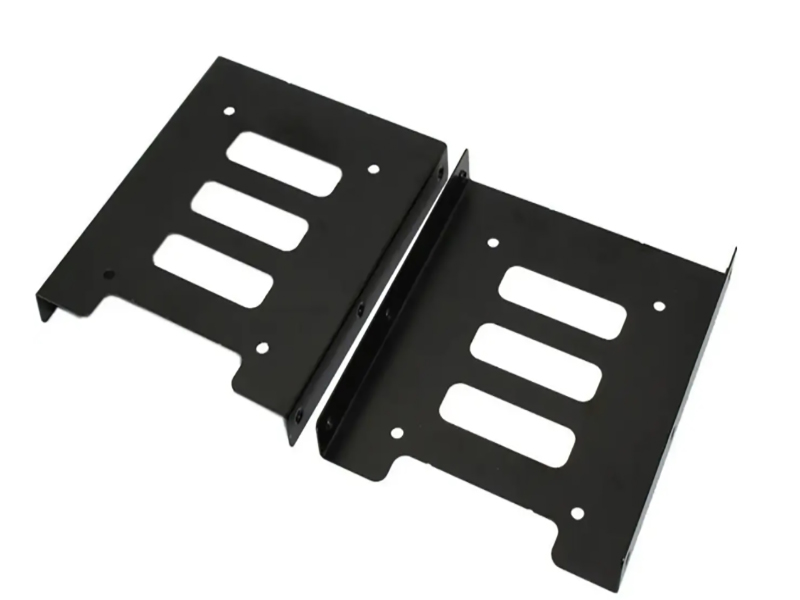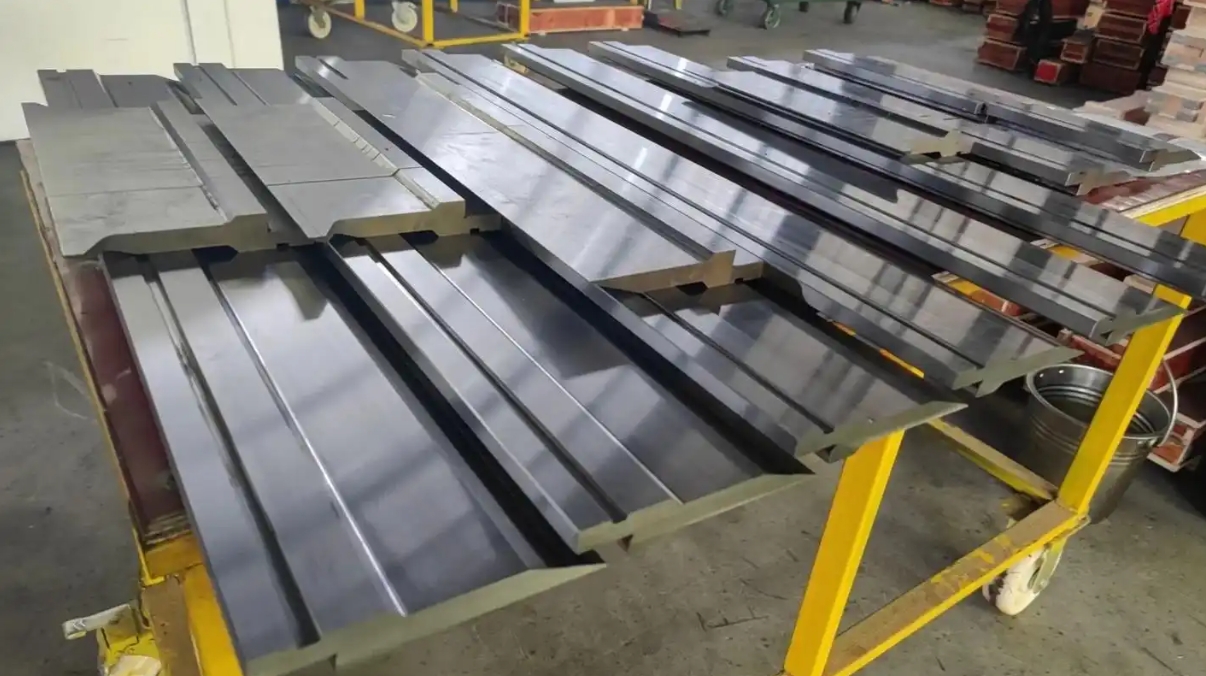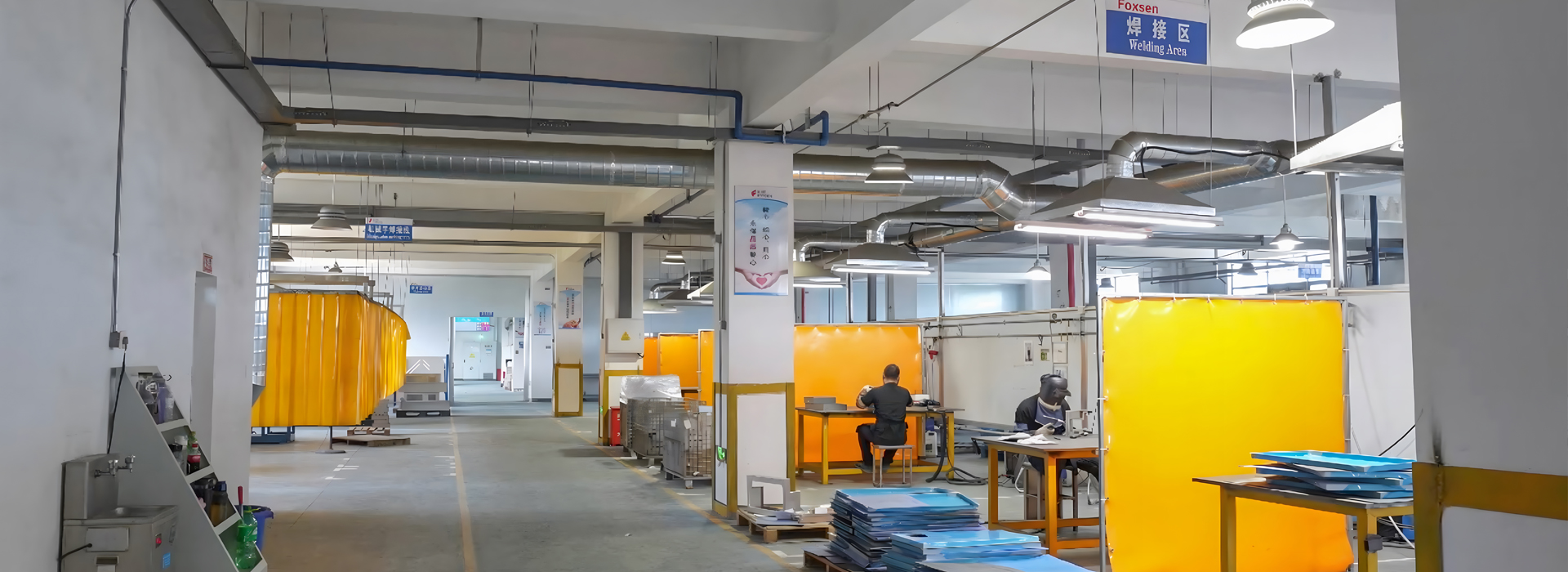Product Link:
https://www.sheetmetalparts.net/products-telecommunication-sheet-metal-parts.html
If you’ve ever peeked under the hood of a car, walked into a modern building, or flipped on a gadget, you’ve probably run into metal sheeting without even realizing it. It’s the unsung hero of manufacturing—those flat, thin metal pieces that get cut, bent, and shaped into all sorts of useful stuff. Known in the trade as sheet metal parts, this material is a jack-of-all-trades, popping up everywhere from car bodies to rooftops. At Foxsen, where I’ve gotten my hands dirty with this stuff, metal sheeting isn’t just a material—it’s the backbone of countless projects. Let’s dive into what it’s used for, with some shop-floor insights and hard numbers to show you why it’s such a big deal.

So, What Exactly Is Metal Sheeting?
Metal sheeting—or sheet metal, if you want to get technical—is a flat piece of metal, usually less than 6mm thick, that we can twist, cut, and weld into just about any shape. The cool part? Its thickness stays the same no matter how we bend it, unlike castings or machined bits. Think of it like a giant metal pancake we can mold into a box, a panel, or even a fancy duct. We’re talking materials like cold-rolled steel (SPCC), stainless steel (SUS304), and aluminum (6061 or 5052), each picked for what they bring to the table. SPCC, for instance, is cheap and easy to shape up to 3.2mm thick, while SUS304, with a tensile strength of about 505 MPa, laughs off rust and tough conditions.
Picking the right metal sheeting is half the battle. Need something light for an aerospace gig? Aluminum’s low density (2.7 g/cm³ vs. steel’s 7.8 g/cm³) makes it a winner. Want durability on a budget? SPCC’s your guy. It’s all about what the job calls for.
Where Does Metal Sheeting Show Up?
Metal sheeting is one of those things that’s everywhere once you start looking. Here’s where sheet metal parts really shine, with some real-world examples and a few numbers to back it up:
1. Automotive: The Road Warriors
Cars are basically rolling showcases for sheet metal parts. The hood, chassis, even the doors—they’re all stamped and bent from metal sheeting. Take a car hood: it’s often cold-rolled steel, bent with a radius about 1.5 times its thickness (R = 1.5t) to keep it from cracking. That’s a trick we use to dodge springback—that annoying bounce-back after bending. With SPCC’s yield strength around 210 MPa, it’s tough enough to take a beating but still workable.
2. Construction: Building the Basics
Next time you’re in a building, check the roof or the HVAC ducts—pure metal sheeting at work. Galvanized steel (SECC) is a favorite here, thanks to its zinc coating that cuts corrosion rates to 1/30th of regular steel in rough weather. For a roofing panel, we might shear it to size (accuracy under 0.2mm) and bend it with a minimum straight edge of h ≥ r + 2t—like 3mm for a 1mm-thick sheet with a 1mm radius—to keep it solid.
3. Electronics: Keeping Gadgets Safe
Crack open a computer or an electrical box, and you’ll spot sheet metal parts as enclosures. Aluminum’s a star here—light and easy to machine. For a 1.5mm-thick enclosure, we’d bend it with a radius of at least 1.0t (1.5mm) to avoid tears, punching holes with CNC accuracy down to 0.15mm. That precision keeps components snug and protected.
4. Aerospace: Flying Light and Strong
Weight’s the enemy in aerospace, and metal sheeting—especially aluminum—saves the day. Aircraft wings and fuselages lean on its strength-to-weight ratio. Laser cutting, with 0.1mm precision, shapes these sheet metal parts perfectly. SUS304’s elastic modulus (200 GPa) might make it trickier due to springback, but aluminum’s 70 GPa keeps things manageable.
5. Industrial Gear: The Heavy Hitters
From storage tanks to conveyor frames, metal sheeting forms the guts of industrial equipment. Stainless steel shines here, handling heat up to 870°C without breaking a sweat. We might weld it with argon arc for clean seams, hitting tensile strengths matching that 505 MPa base metal if we nail it right.

How It’s Done: A Peek at the Process
Turning metal sheeting into these applications isn’t magic—it’s sweat and science. We start by cutting it—lasers for precision, punches for speed. Bending’s next, where we wrestle with springback. For a steel sheet, a bend radius of 2-3 times thickness (r/t = 2-3) cuts springback by forcing more permanent shape change. Welding joins the pieces—CO2 for steel, argon for aluminum—while finishes like powder coating or anodizing add durability. Every step’s dialed in, from the r/t ratio to the weld’s strength, to make sure these sheet metal parts perform.
Why Metal Sheeting Rules
What makes metal sheeting so clutch? It’s versatile, tough, and precise. Need a custom enclosure? We’ve got you. Tight budget? Processes like CNC punching keep costs down. Harsh environment? Stainless steel or galvanized coatings laugh at rust. Whether it’s a car panel bent to R ≥ t or an aerospace part cut to 0.1mm, metal sheeting delivers the goods.
The Bottom Line
So, what’s metal sheeting used for? Pretty much everything that needs strength, shape, and reliability. From cars to skyscrapers, electronics to heavy machinery, sheet metal parts are the quiet MVPs. With tricks like keeping bend edges at h ≥ r + 2t or cutting with laser-sharp 0.1mm accuracy, we turn flat sheets into real-world solutions. It’s not flashy, but it’s the kind of craft that keeps the world running—and at Foxsen, we’re proud to be part of it.





